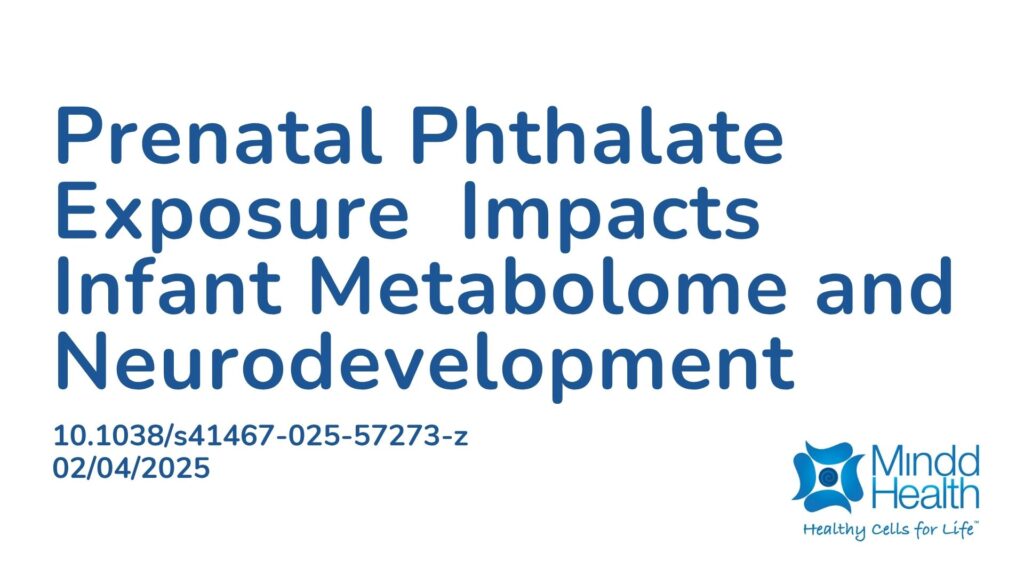Summary:
Phthalates are chemicals widely used since 1907 to make products like vinyl flooring, soaps, shampoos, and plastics more flexible and durable. These chemicals are found everywhere, leading to frequent human exposure through food, personal care products, clothing, and inhalation of contaminated dust. Once inside the body, phthalates are quickly metabolized and can be measured in urine. Most people in the U.S. have detectable levels. Phthalates act as endocrine disruptors, interfering with hormones even at low exposure levels. Their widespread presence raises concerns about health effects, particularly on reproductive and child development. Phthalates can cross the placenta and have been linked to altered neurodevelopment in infants, including changes in reflexes and mental development. This study looked at a cohort of pregnant African American women and their infants, measuring prenatal urinary phthalate levels and analyzing newborn blood samples for metabolic changes. The researchers also explored whether changes in the newborn metabolome link prenatal phthalate exposure to infant neurobehavior. Eight phthalate metabolites were measured in urine during early and mid-pregnancy. Associations were identified between prenatal phthalate levels and metabolic alterations, particularly involving tyrosine and tryptophan pathways. An exploratory analysis suggested these metabolic changes might connect prenatal phthalate exposure to neurobehavioral outcomes in infants. This work helps clarify how early-life phthalate exposure affects infant metabolism and brain development, especially in vulnerable populations.
Abstract:
We evaluated associations among exposure to prenatal phthalate metabolites, perturbations of the newborn metabolome, and infant neurobehavioral functioning in mother-newborn pairs enrolled in the Atlanta African American Maternal-Child Cohort during 2016–2018. We quantified eight phthalate metabolites in prenatal urine samples collected between 8- and 14-weeks’ (visit 1; n = 216) and 24- and 30-weeks’ gestation (visit 2; n = 145) and metabolite features in newborn dried-blood spot samples collected at delivery. Associations between phthalate metabolite concentrations and metabolic feature intensities at both visits were examined using adjusted generalized linear models (MWAS). Then, an exploratory meet-in-the-middle (MITM) analysis was conducted in a subset with NICU Neonatal Neurobehavioral Scale (NNNS) scores (visit 1 n = 81; visit 2 n = 71). In both the MWAS and MITM, many of the confirmed metabolites are involved in tyrosine and tryptophan metabolism, including tryptophan, tyrosine, thyroxine, and serine. This analysis elucidates how prenatal phthalate exposure disrupts the newborn metabolome and infant neurobehavioral outcomes.
Article Publication Date: 02/04/2025
DOI: 10.1038/s41467-025-57273-z



